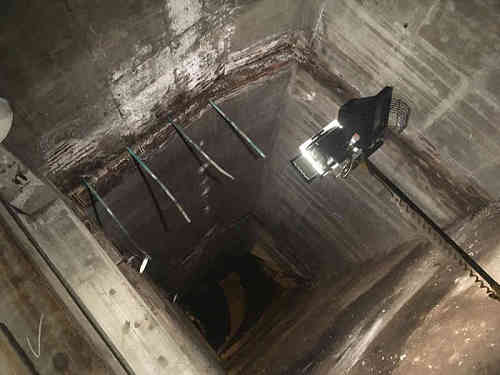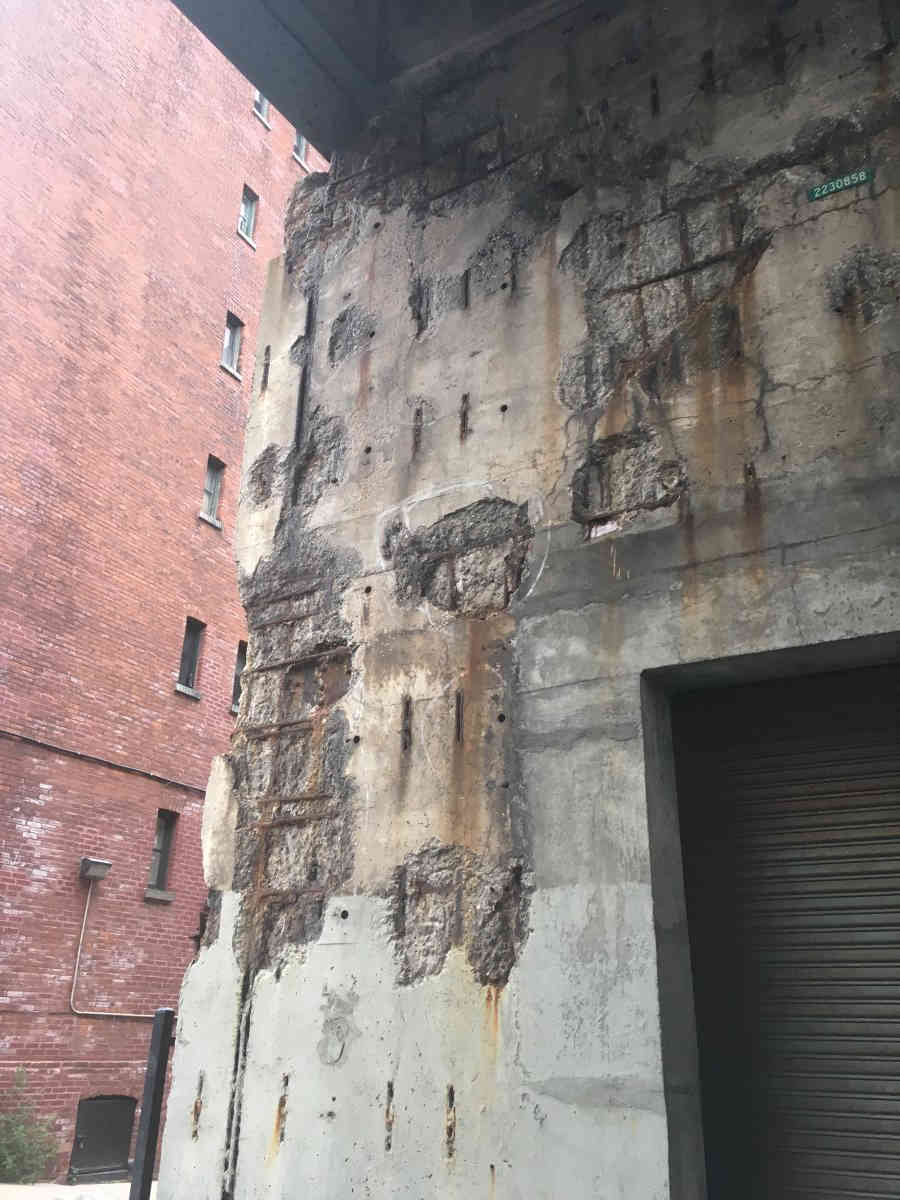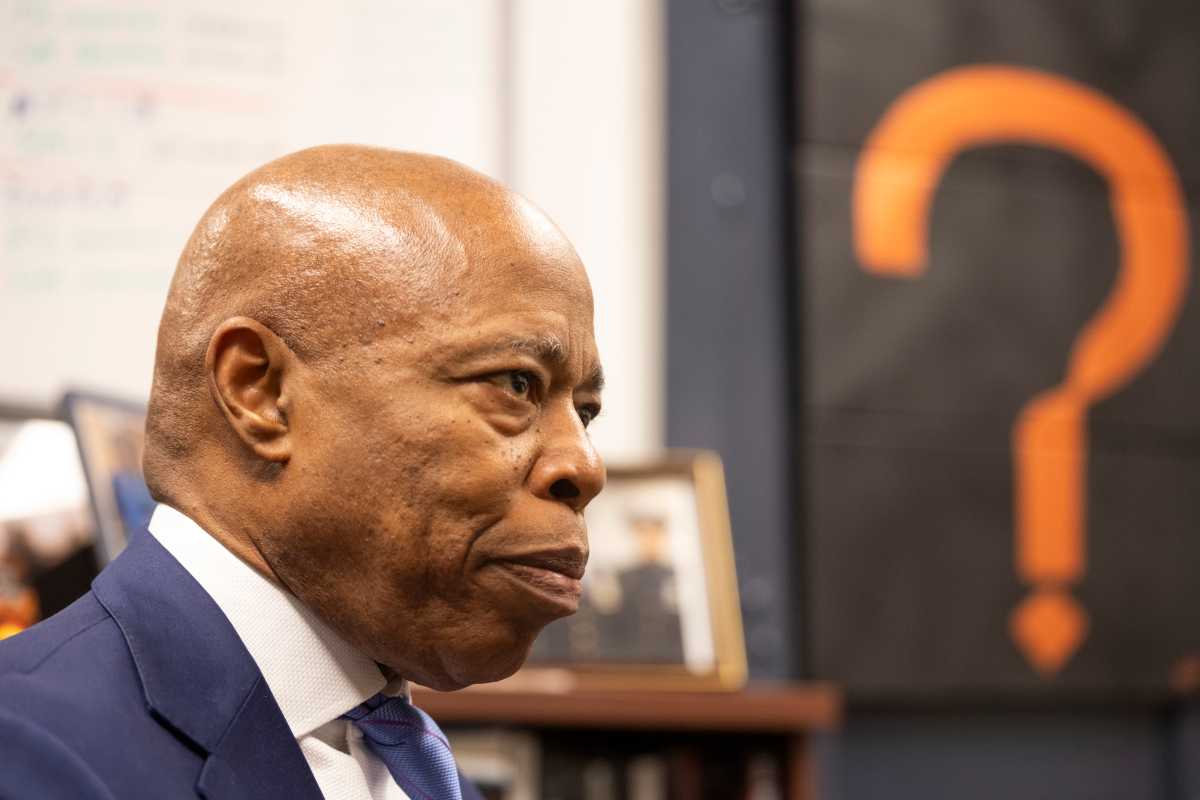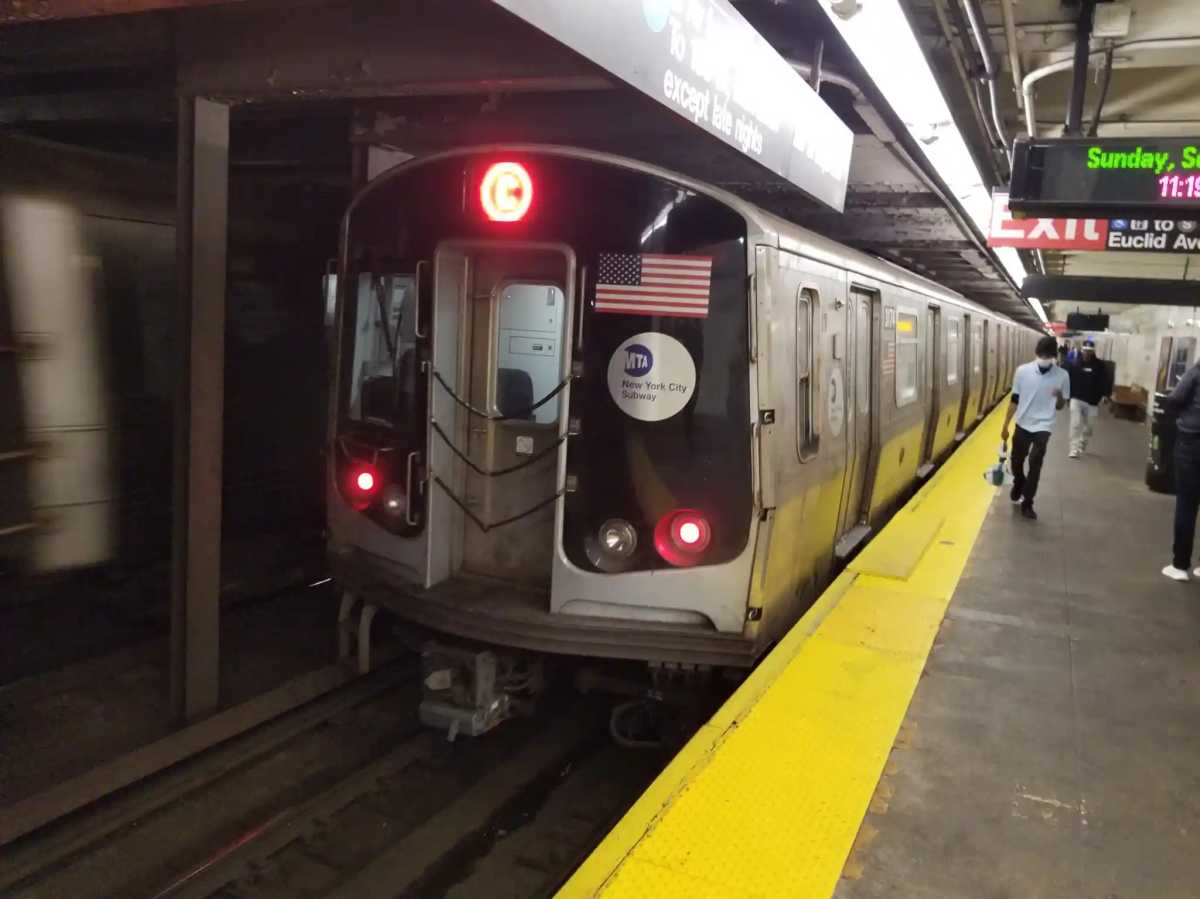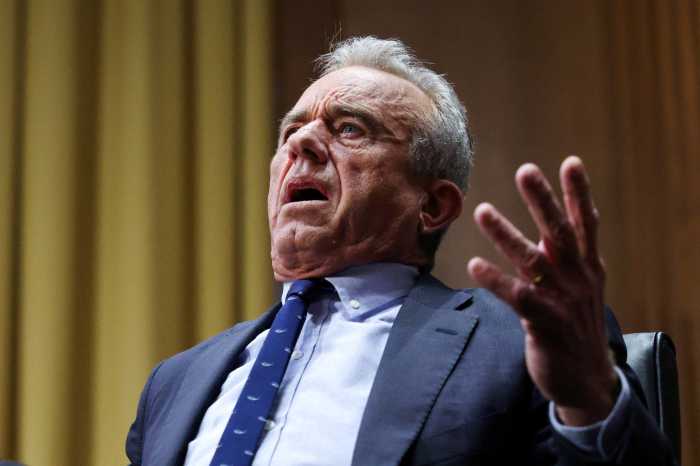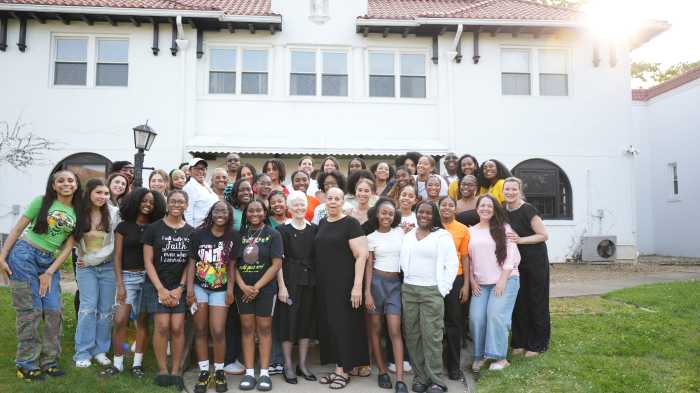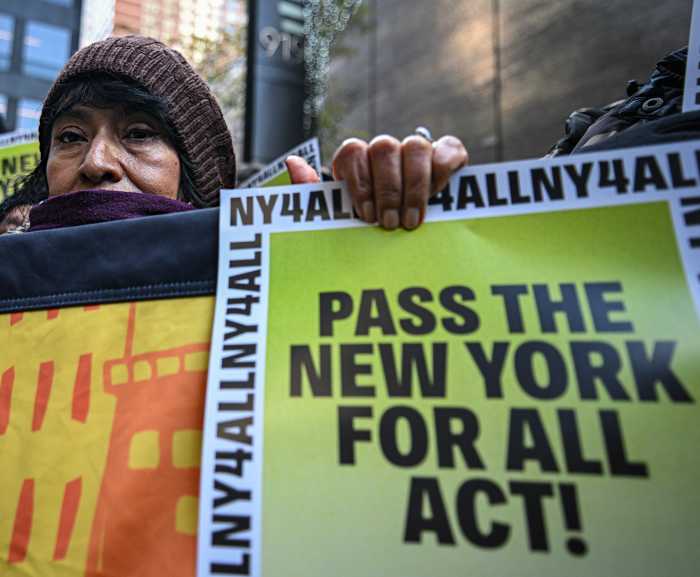The silence shocked me the most.
Last Friday I got a chance to go deep inside the belly of the beast when the city’s Department of Transportation took a bunch of journalists through some old doors at the foot of Joralemon Street to tour the Brooklyn-Queens Expressway’s infamous triple-cantilever — the connector between Atlantic Avenue and Sands Street that hoists two levels of roadway plus the legendary Brooklyn Heights Promenade above Furman Street.
And much to my surprise, the belly wasn’t growling. In fact, it was eerily quiet inside the structure that, for almost 70 years, has allowed millions of cars and trucks to zoom past the Heights while their drivers, along with the tourists and Brooklynites on the Promenade above, take in one of the most impressive skylines in the world.
But now, that engineering marvel is, according to just about everyone, on its last leg and in desperate need of a replacement — something the city says will cost close to $4 billion, take more than six years to pull off, and require the closure of the Promenade to make way for cars while construction is underway.
Stepping through the doors at very noisy Furman Street, I was expecting the worst. After all, the outside of the structure has certainly seen better days, with cement falling off at the touch of a finger and steel rebar rusting away.
But inside, past some long-forgotten office and into what amounted to a dirt-floored garage with a really high ceiling, well, things looked pristine.
Clearly, somebody had done a clean-up job before we were allowed inside, and there wasn’t a rat or mouse or bat around. The cement walls looked as smooth as the day they was poured and, surprisingly, there weren’t any creaking sounds warning of imminent doom. And the floor was relatively dry, although there were some patches of mud.
For years, as I drove along the triple-cantilever, I wondered how it could defy gravity along the waterfront.
And now I know. The hidden concrete innards are something to behold, with giant pillars three-wide spaced evenly apart along what was once a wider Furman Street. And that concrete looks noting like the kind you find on other New York City highways, with a thickness I’ve only seen in earthquake-susceptible places like San Francisco. To my untrained eye, they looked strong.
But so did the concrete on that bridge in Genoa, Italy.
Of course, this is not to say everything inside was pristine. Concrete portions of the roadway that fell from the “ceiling” above littered parts of the floor (we were ordered to wear hard hats) and the joints of the only roadway we could see — the one taking traffic toward Staten Island — looked worse for wear. And I don’t even know how to describe the beginning (or end) of the structure, which appeared to be some weird mix of cement, earth, and springs holding up I don’t know what.
And according to the city, it all has to come down and be replaced before 2026, or else heavy trucks won’t be allowed to travel the roadway — and instead will be forced to use local roads as an alternative.
Nobody wants that to happen, but I still couldn’t get past the quietness inside.
Maybe I shouldn’t worry so much like I do every time I drive along the triple-cantilever.
Or maybe that silence is just the calm before the storm.
Vince DiMiceli is the editor-in-chief of the Brooklyn Paper.




